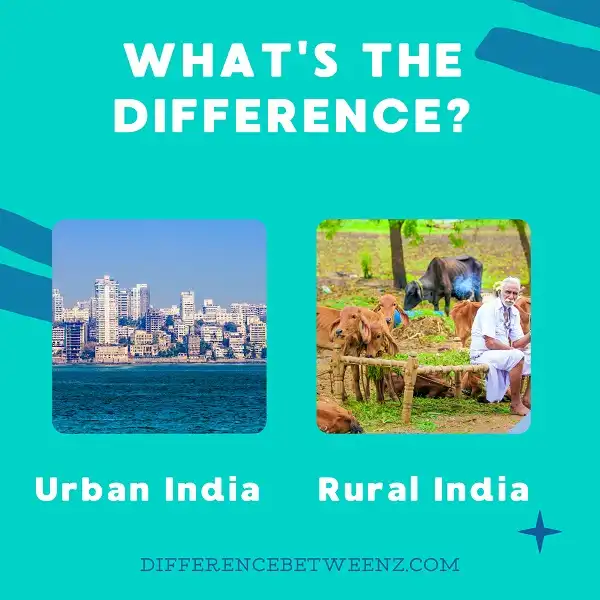It is said that there is a great divide between rural and urban India. But what are the differences between these two very different worlds? And which one is better? This blog post takes a look at the pros and cons of both rural and urban India, in an attempt to answer these questions. So, which one is right for you? Read on to find out…
What is Urban India?
Urban India is a term used to describe the areas of India that are classified as urban according to the criteria set by the government of India. As per the 2011 Census of India, Urban India comprises 28.53% of the country’s population, while the remaining 71.47% live in rural areas. The Urban Indian population is growing at a rate of 2.11% per year and is projected to reach 40% by 2030. Urbanization is taking place at a rapid pace in India, with many small towns and villages becoming cities and megacities. This process is driven by economic growth, migration from rural areas, and natural population growth. As Urban India continues to grow, it is important to ensure that adequate infrastructure and services are in place to support this population. Otherwise, Urban India will face many challenges, such as congestion, pollution, and crime.
What is Rural India?
Rural India is an area that is located outside of metropolitan cities. It is typically farmland or a small village. The majority of the population in Rural India lives in poverty. They do not have access to modern amenities or education. The primary language spoken in Rural India is Hindi. Rural India makes up a large part of the country’s economy. The main crops grown in Rural India are rice, wheat, and sugarcane. Rural India has a population of over 800 million people.
Difference between Urban and Rural India
Urban and Rural India are two very different worlds. Urban India is typically more industrialized, while Rural India is more agricultural. Urban areas tend to have more people, while rural areas tend to have more space. Urban areas are also generally more diverse, with people from all over the country living in close proximity. This can lead to a more cosmopolitan outlook, while rural areas may be more insular. Urban India is also generally wealthier than Rural India, as poverty is more prevalent in rural areas. However, both Urban and Rural India have their own unique charm, and it is worth exploring both before making any judgments.
Conclusion
The gap between rural and urban India is vast, with a number of disparities in access to resources. However, there are also many similarities. In both cases, the people of India are working hard to improve their lives and create a better future for their families. We’re excited to continue working with our partners in rural India to help them achieve their goals and make progress toward closing the gap between rural and urban areas.


